Figures & data
Table 1. Enzyme substrates, reagents, and reaction conditions used in enzyme assays.
Table 2. Soil chemical properties at the experimental site measured in the final year of the project. Mean value ± sd. Differences were not significant between treatment.
Figure 1. Soil respiration as a function of soil water content and temperature. Respiration increased significantly (p < .001) with increasing soil water content in both cropping systems (A). Respiration increased significantly (p < .001) with increasing temperature under the diverse crop sequence but not in the SW-WW sequence.
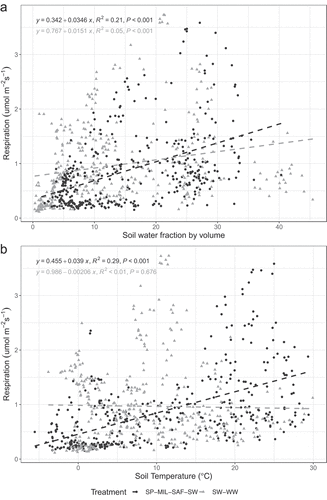
Table 3. Effect of cropping system on soil respiration. Mean soil (± standard deviation) respiration fluxes are shown for pre-planting, vegetative phase, and post-harvest. Differences were significant (p < .001) between treatments in the pre-planting and post-harvest intervals.
Table 4. Model statistics for soil respiration, for pre-planting, growing season, and post-harvest. Statistically significant differences were determined by type III analysis of variance with satterthwaite’s method.
Figure 2. Average enzyme activities for N-acyl-β-D-glucosidase (A) and β-glucosidase (B) under diverse and SW-WW crop sequences. Letters indicate significant differences (p < .05) between treatments.
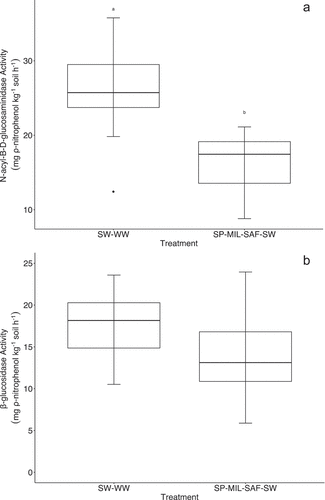
Figure 3. Enzyme activity as a function of soil NO3-N. N-acyl-B-D-glucosaminidase activity had a significant negative correlation with soil NO3-N while β-glucosidase activity was not significantly correlated to soil NO3-N. No significant differences were observed between diverse (●) and SW-WW (▲) crop sequences.
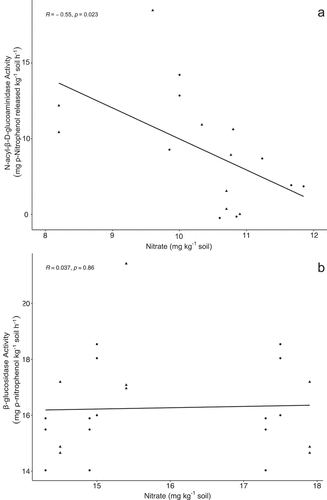
Figure 4. Chao1 measure of alpha diversity of (A) bacterial and (B) fungal communities for SW-WW and diverse crop sequences. Treatments with different letters are significant at p < .05.
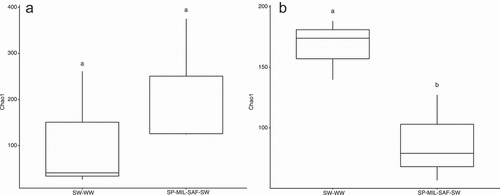
Figure 5. Beta diversity of (A) bacterial and (B) fungal communities for SW-WW and diverse crop sequences.
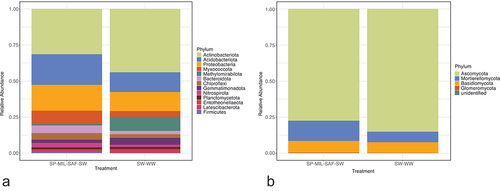
Table 5. Mean net N mineralized comparing in situ columns to mineralized N as measured by laboratory column incubation experiments. Differences in mineralized N were not significantly different (p > .05) between treatments.
Supplemental Material
Download MS Word (57.8 KB)Data availability statement
The DNA sequencing data generated and analyzed in this study are available in the NCBI BioProject repository, https://www.ncbi.nlm.nih.gov/bioproject/PRJNA833079
